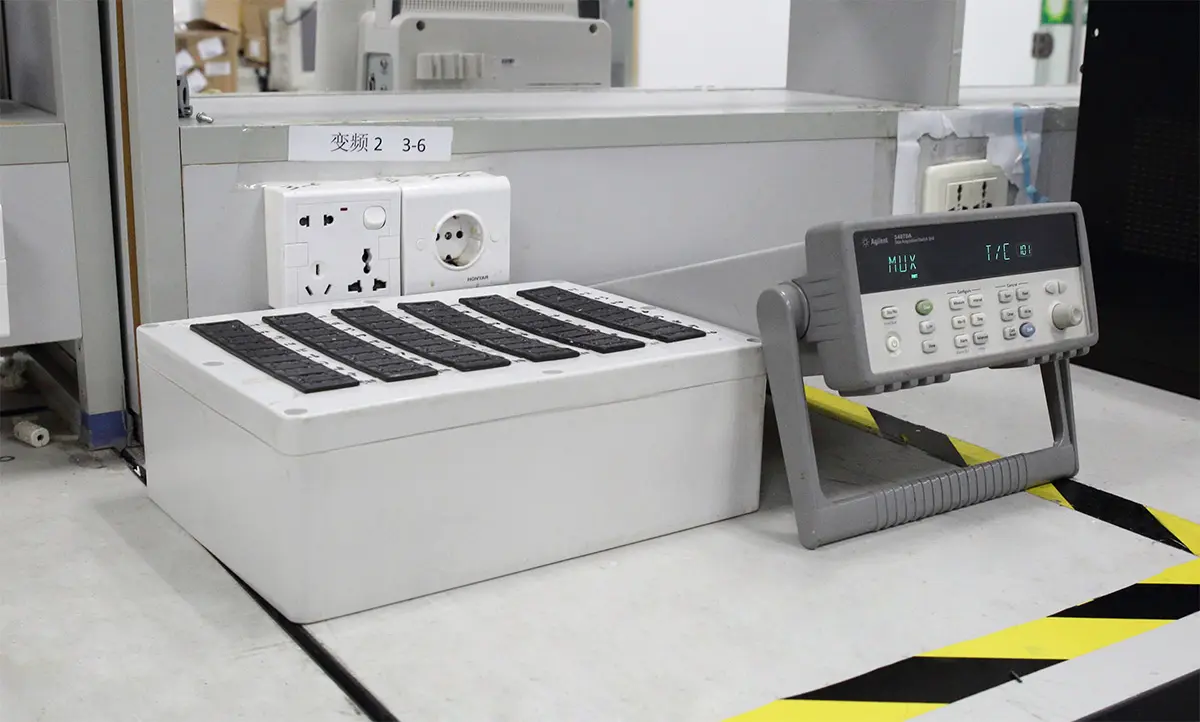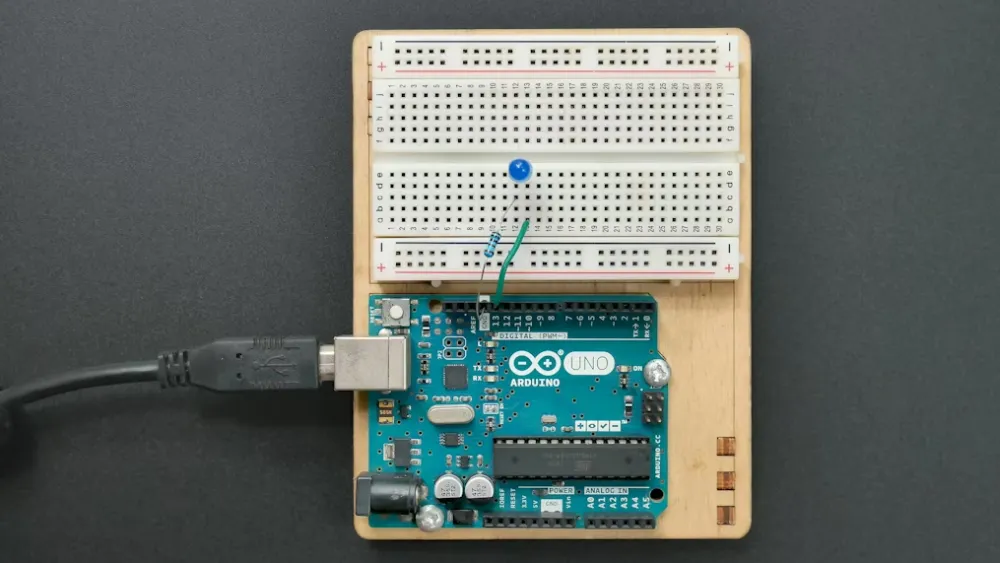
Carpet GCC Certification 16 CFR 1630/1631 Burn Test
16 CFR 1630 is part of the United States Federal RegULations, which sets forth the surface flammability testing standards for carpets and carpet padding. The regulation aims to REDuce fire hazards by ensuring that carpets and padding do not easily ignite upon contact with a fire source, thus protecting consumer safety. U.S. federal law requires carpets and padding to meet flammability standards and other requirements, including those of the 2008 Consumer Product Safety Improvement Act. After testing or reasonable inspection, manufacturers and importers of general-use carpets and padding must certify in a General Conformity Certificate (GCC) that their carpets and padding comply with the applicable standards, ensuring compliance and/or proper labeling according to the standards.

What is Carpet and Padding?
1. Large carpet and padding are textile products or similar items used to cover floors, measuring over 6 feet in length and over 24 square feet in area. This definition also includes "square carpets and pads" used for covering spaces greater than 6 feet in length and 24 square feet in area. It does not include resilient floor coverings such as linoleum or vinyl tiles.
2. Small carpets or pads follow the same definition but do not exceed 6 feet in any dimension and do not exceed 24 square feet in area.
Scope of 16 CFR Part 1630 & 1631:
16 CFR Part 1630 (Large Carpets)
(Applicable to carpets for home, office, or hotel use that are not mechanically fastened, with a single dimension greater than 1.83 meters and an area greater than 2.23 square meters.)
16 CFR Part 1631 (Small Carpets)
(Applicable to carpets for home, office, or hotel use that are not mechanically fastened, with a single dimension no greater than 1.83 meters and an area no greater than 2.23 square meters.)
Test Method:
1. Sample Preparation: Select 8 samples measuring 22.86 cm × 22.86 cm (9 inches × 9 inches). Prior to testing, the samples must be placed in a dry oven at 105°C for 2 hours.
2. Test Environment and Setup: Place the sample at the center of the laboratory floor, face up. Then, place a flattening frame on the sample, positioning a formaldehyde-impregnated burning pad in the center of the 8-inch flattening frame hole.
3. Ignition and Observation: Ignite the top of the burning pad using a lit match, lighter, or other appropriate fire source, and continue the test until all flames and glow disappear, or the flames or smoke REACH within 1 inch of the flattening frame.
① Fire Source Contact Test: Evaluate the combustion performance of the material when exposed to the specified fire source. The test involves igniting a point on the carpet or padding surface and observing the burning behavior and spread rate.
② Flame Spread Test: Measure the spread of flame along the material’s surface after it leaves the initial burning point.
③ Residue and Drip Test: Evaluate the amount of residue produced and the potential for dripping materials that may cause fire on other materials.
Labeling Requirements (16 CFR 1631):
1. If a small carpet has been treated with flame retardant or made from flame-retardant fibers, the letter “T” must be clearly visible on the label. For commercial installations, the letter “T” should be clearly visible on the label and/or invoice or other documents associated with the carpet.
2. Small carpets not meeting the acceptance standards must be permanently labeled with the following statement: FLAMMABLE (FAILS U.S. DEPARTMENT OF COMMERCE STANDARD FF 2-70): SHOULD NOT BE USED NEAR SOURCES OF IGNITION.
Carpets and pads intended for use by adults and children over the age of 12 must have a General Conformity Certificate. The General Conformity Certificate is based on testing or a reasonable testing procedure for each product, certifying that the product complies with all applicable laws, regulations, rules, bans, or standards under the jurisdiction of this commission. As required, small carpets and padding must bear a permanent label indicating the General Conformity Certificate.
Email:hello@jjrlab.com
Write your message here and send it to us
 What Certifications for Wireless Products Exported
What Certifications for Wireless Products Exported
 Which Lab Provide Brazil ANATEL Certification Serv
Which Lab Provide Brazil ANATEL Certification Serv
 What is FDA Cytotoxicity Testing
What is FDA Cytotoxicity Testing
 How Much Does a Cytotoxicity Test Cost
How Much Does a Cytotoxicity Test Cost
 What is Biocompatibility Cytotoxicity Test
What is Biocompatibility Cytotoxicity Test
 Global Cyber Security Compliance for Connected Pro
Global Cyber Security Compliance for Connected Pro
 What Certifications for Exporting Monitors to Euro
What Certifications for Exporting Monitors to Euro
 Bluetooth Headphones Exported to Australia Certifi
Bluetooth Headphones Exported to Australia Certifi
Leave us a message
24-hour online customer service at any time to respond, so that you worry!




